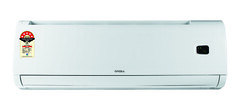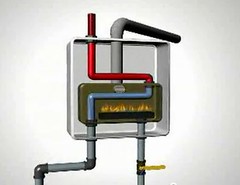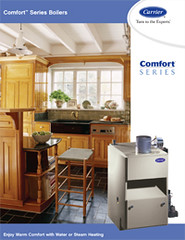Air Conditioner Cages - protect Your Air Conditioner From Theft
Can you fantasize waking up to extreme heat and wondering what is going on with your air conditioner. You call the air conditioning population to come out and see why your air conditioner is no longer working. And they have to post you that your air conditioner has been vandalized, and that the copper and steel parts within the unit have been stolen. There is no longer any hope for the unit. You commonly have to replace the whole air conditioning unit. On the other hand if you had protected yourself with some Kind of air condition security you would not have had this problem.
Air Conditioner Cages - protect Your Air Conditioner From Theft

Air Conditioner Cages - protect Your Air Conditioner From Theft
Air Conditioner Cages - protect Your Air Conditioner From Theft
Air Conditioner Cages - protect Your Air Conditioner From Theft
In the United States there is a new tendency in robbery and theft. Because air conditioners have large amounts of steel and copper, and because there is a large scrap value for these materials, they have become an easy target for thieves. Many thieves are stealing air conditioner units and selling them for their scrap value. What is the explication to this problem? Many air conditioning companies are using Ac cages, air conditioner cages to protect their customer's air conditioner.
Ac cages, or air conditioner security was not something we admittedly needed to think about a few years ago, but today this type of vandalism can cost thousands of dollars in mend nowadays. The best thing you can do is get some kind of ac security and that can either be in the form of ac cages or an ac alarm. The benefit of ac cages is that they are not as high-priced as ac alarms, and air conditioner cages are much easier to install.
So many every day citizens have been harmed by this type of vandalism, and it has affected everyone, residential, and business units alike, even rooftop air conditioning units have been stolen. Senior citizens, population on fixed incomes, renters, homeowners and even builders have been affected by these vandals. No ones air conditioner is safe unless they have an ac cage installed.
Cost of Ac Cages
Air conditioner cages run a join of hundred dollars, which may seem like an unnecessary expense, but when you are faced with having to replace your whole air conditioning unit because man has decided to steal the copper core out of it, you will soon realize that the hundred or two you have to spend on an ac cage is well worth the investment.
What are Ac Cages Made of?
Air conditioning cages are commonly made of some kind of steel or iron work. Some cages are even ornamental. They are specially made to allow breathing room for your air conditioner. Ac cages are not very high-priced and yet they give you the security of knowing that your Ac unit will never be vandalized.
Air Conditioner Cages - protect Your Air Conditioner From TheftEarthwise Electric Tiller/Cultivator Rubbermaid Storage Shed 3749 Nikon Coolpix L120 Digital Camera





